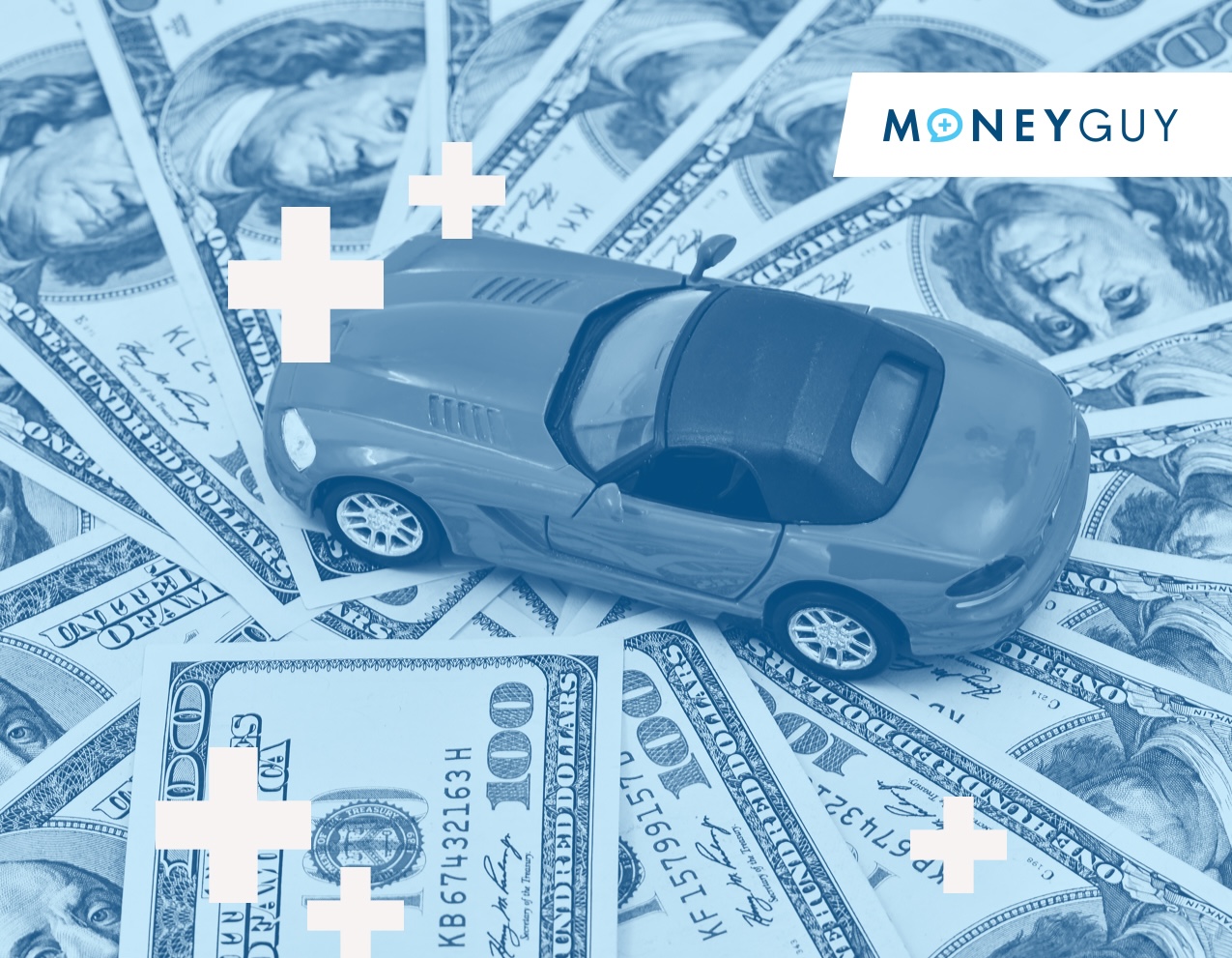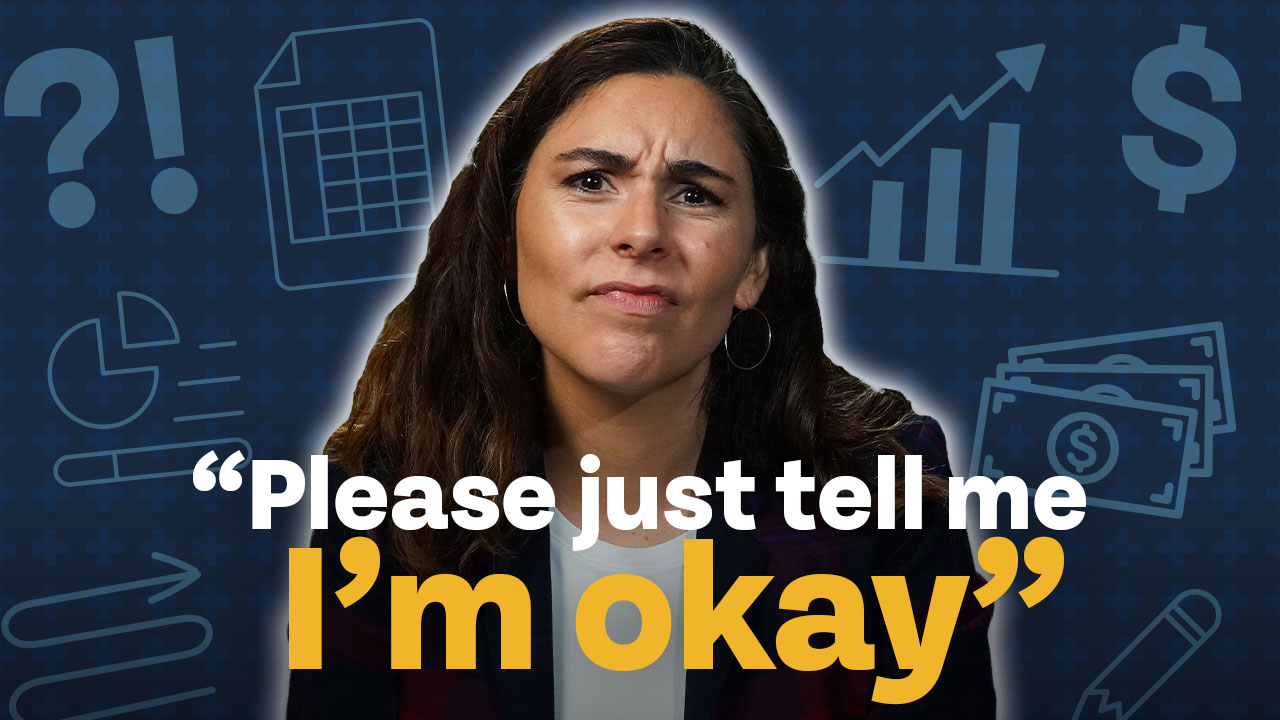That’s actually a great segue into something you guys have been blowing me up about. I even get… I don’t know if they’re called tweets anymore, texts, or whatever you want to call what was formerly known as Twitter, when you guys shout out at me and say, “Guys, I was just at a Tesla dealership, and they had a big sign out front talking about that Teslas might be a lot more affordable than you realize.” That leads to the question, and we’re gonna cover it today because you’ve asked for it: Is Tesla a luxury brand? So, Brian, I know you love Tesla; you’re a huge fanboy, you’ve been a purchaser of their automobiles, and so I want you to speak to this.
So, we know that there are a couple of different models of Teslas: there’s the S, there’s the X, there’s the 3, and there’s the Y. You’ve said, “When it comes to thinking about this, there’s some stuff that we can immediately roll off the table. When we’re thinking about Tesla being a luxury brand, we’re not really talking about all Teslas together. We have to talk about specific models, correct?”
Yeah, well, this whole thing is kind of murky, and let me tell you why. Because, of course, we have the purchase price, but as we talked about just cars in general, there’s more that goes on beyond the purchase. We’ve got the cost of maintenance, we’ve got the cost of insurance, we’ve got the cost of fuel. All these things cloud the water, and then you throw a federal tax credit on top, and you’re like, “Whoa, what does this do to the financial equation?” So we’re like, you know what, this smells like a great opportunity to have a case study on figuring out where does it fall if you did a price comparison. So let me tell you; this is going to take you through a nice, juicy romantic novel because it’s going to take you one way and then it’s going to take you another. So, let’s first talk about the purchase price. How does this take… Let me ask you this: when we talk about the purchase price, though, there is one specific kind of Tesla we’re talking about, right? So we’re not talking about the models; we’re talking about the model you want to take only when we talk about sexy. When we talk about the S, when we talk about the 3, when we talk about the X, and, of course, the Y. You’re trying to figure out if any of them are luxury, or is there any of them that are actually non-luxury?
If you’re trying to put me on the spot, I will tell you there’s probably only one that I think fits into this, and we can have this conversation, and that is the 3. So it’s the E of the sexy. So, we can look at that, and that’s what we did do. That means you’re not getting the golf-wing doors or the X-wing doors, as they call them. You’re not getting that, but it is something if you want to consider diving into the Tesla marketplace; Model 3 might surprise you.
So let’s look at some different luxury brands versus what we consider to be non-luxury and see where the Model 3 falls. So, if we think about the entry-level BMW, the BMW 3 Series MSRP for a base-level entry-level 3 Series is $44,500. Well, then we look at the Mercedes-Benz A-Class. It’s $33,950. I think we can all agree that those are considered luxury brands. Well, then we look at the more affordable end of the spectrum, the non-luxury end of the spectrum. The Honda Civic with an MSRP comes in right at $23,950, and the Toyota Corolla base-level entry model comes in at $21,700. Right off the bat, when we think about the tax credit that’s available if you buy an electric vehicle, specifically the Model 3 base level, no add-ons. There’s like what is it? You can have it drive for you or self-driving full self-driving. It doesn’t have that stuff; you don’t have those add-ons. But with the tax credit, the total cost of the car is $32,740. So, Brian, right here, it seems to me, and I’m just kind of looking at the notes; it seems like it’s kind of in line with the Mercedes.
Well, that’s what I’m saying. Let me clarify this because when I look at this graph, I will tell you by no means does it look like it fits in the same ballpark as the Honda Civic and the Toyota Corolla. I mean, it looks like it is definitely a good bit more expensive. But I over… I mean, if you look at the Corolla, it’s over ten thousand dollars more expensive. But I think the luxury is actually a little misleading in the fact that now the BMW 3 Series is $44,500. The Mercedes-Benz A-Class is $33,950. That looks very similar to the Tesla Model 3. But we all know the Mercedes-Benz, like all the German European cars, they’re going to charge you extra for lug nuts. I mean, if you want lug nuts and tires on there, they’re going to charge you a little bit extra. So, I guarantee you don’t walk out with a Mercedes-Benz for less than $40,000. But I do think it does show that the Tesla Model 3 is substantially more than the Civic or Corolla. So, it better have something up its sleeve to continue this conversation.
As a Tesla owner, Brian, one of the things you’ve always told me is how easy this thing is to own. You go home and plug it in, and you don’t have to remember oil changes, and you don’t have to have the transmission flushed. You’ve got to make sure you rotate the tires, and maybe you’ve got to think about brake pads every 400,000 miles. But that’s it; you don’t have to think about a whole lot. It certainly sounds like as a Tesla owner, maintaining this car is a little bit easier than maintaining some other auto.
I think it’s interesting; we live here right outside of Nashville, Tennessee. Anybody who’s been in this geographic area knows we have foothills or rolling hills. So, in Georgia, brakes will last forever; I mean, I felt like you wouldn’t have to think about replacing your brake pads until you’re probably right under a hundred thousand miles on your car. You move to Tennessee, and I remember my wife’s car. We were changing brake pads before she hit 40,000 miles because you’re just riding your brakes and everything else around here, trying to go up and down these hills. Meanwhile, with a Tesla, because it’s one-foot driving with the regenerative braking and things like that, a Tesla will likely not have to change brake pads for like 300,000 plus miles. So, that just doesn’t have… there’s no oil in it.
I was shocked when I first got my Tesla. There is zero; the only maintenance I had on it was to basically put washer fluid. I mean, did I run the washer fluid out, and did I rotate the tires? That was it. It kind of shocked me. And then the fuel expense was another big shocker. You know, because every weekend, I’m out there waiting in the Jimmy Carter Costco gas lines so I could save my wife on the premium gas that I have to put in her European car. You have to wait 15 minutes to gas it up, and save a few extra bucks on that. Meanwhile, the Tesla, I just plug it in every night, and I knew for every time I was spending fifty dollars to sixty dollars on a tank of gas for my wife, I was spending ten dollars on the Tesla. That stuff kind of added up. So, we wanted to go a step beyond the purchase price and say, “What happens when you take into account not only the purchase price but also the maintenance and repairs, the insurance, as well as the fuel costs?” It kind of shook things up a little bit, and when we said, “Okay, let’s look at this, not just in year one. Let’s look at it over 10 years of ownership.” So, we take that same BMW 3 Series. When we factor in the initial cost plus the cost of ownership over 10 years, that automobile is actually going to cost a little over ninety-six thousand dollars.
When we look at the Mercedes-Benz A-Class, that comes in at $79,500. Remember, we assumed that you could get out of the dealerships at the base level MSRP. Still up for debate if you could actually do that, so we’re trying to give them a nod and make the comparison work. Honda Civic cost of ownership in the first 10 years: $58,785. Toyota Corolla: $55,500. When you factor in the maintenance, the cost of ownership over 10 years, the Tesla Model 3 with the tax credit comes in at just over sixty-three thousand six hundred dollars. So pretty stinking close to the Honda Civic and the Corolla. So, here’s what we’re going to say: it’s obviously more expensive than the Civic or Corolla, but substantially more affordable than the other entry-level luxury brands.
So, I will say, drum roll… I know you’re looking for it; I think that the base-level Model 3 with the tax credit, that’s carrying a lot of weight here, is something that can be qualified for $23,800, with the caveat that we’ve got some Model 3 rules. Yeah, there are some Model 3 rules we want you to follow along with. We’ve already said this: the base Model 3 Tesla is not a luxury car. If that’s the assumption that we’re going to make, you need to know some things. Here’s the first one: any upgrades, it becomes a luxury. So that means you start putting fancy tires on it; you start doing full self-driving; you start doing any of the other upgrades to the performance. Any of that stuff, if you do that, all of a sudden it becomes a luxury.
Yeah, I mean, think about it; it’s on the razor-thin margin there of the fact that as soon as you add the fifteen-thousand-dollar full self-driving, it kind of blows this math up a little bit. So that doesn’t work. The other thing that we wanted to make sure you didn’t overlook is that this is one of those things: is that you still… You know, your annual income with the tax credit is around $110,000 to $120,000. You started making a pretty good living in order for this to even fall inside the 25%. You cannot blow up the financial order of operations. You have to have a pretty good amount of money coming in to even qualify for this Tesla Model 3 to work with $23,800. And the other thing that we assume is that when you get that tax credit, it goes towards the loan in order to make this affordable. If you decide not to put the tax credit towards the loan, your income would actually need to be higher to justify the $23,800, because the tax credit doesn’t come out right immediately.
There is an honorable mention, something that didn’t make it in here because we’re primarily talking about a brand new Model 3. Under the current legislation, if you buy a used Tesla that’s $25,000 or less from a dealership, there’s a potential you could qualify for a four-thousand-dollar tax credit. So these cars, these Model 3s, have been around since 2018. There is a chance actually, late 2017. I got my original one in early 2018. But they’ve actually been around since 2017. You really could potentially pick up a used Tesla with some of these tax credits, and it would very much be in the running for the price of a used Corolla. For more information, check out our free resources.














